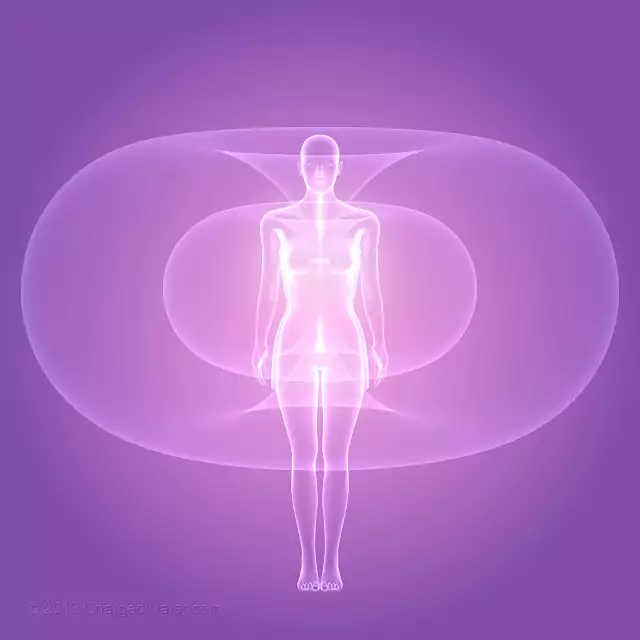Like other holistic healing traditions, Chinese Medicine recognizes illness and cure to be a combination of physical, mental, psychological, emotional, social, environmental and even spiritual factors. There is no single standard remedy for an ailment, but treatments are tailored to the individual. The primary role of the physician is to prevent illness from occurring, not simply treating its symptoms.
Qi or Chi is the Vital Essence or Energy
In Chinese Medicine, Qi is the vital essence of everything and flows in an enclosed system of channels or meridians through the body. In traditional Indian and Ayurdevic medicine, this life energy is referred to as prana or chakra. The meridian network gives Qi passage to all tissues and organs of the body, immersing them in its vital force. If the flow is weakened or blocked in any way, the ensuing loss of nourishment, warmth and energy to parts of the body will manifest as illness or pain.
Acupuncture Points Are at “Men” or Gates
Researchers have mapped out and proven the existence of this network of body points along the meridian by using bioelectric impulses. In conventional science it is often referred to as the human energy field.
Acupuncture points are located at areas of the skin called “men” or gates. These points along the meridians give access to the internal circulation of Qi and a trained practitioner can manipulate the dynamic flow by pressure, heat or needle, unobstructing the stream of healing vitality. Like the gates in the great walls that fortified ancient China, the acupuncture points are gates that can be opened to receive sustenance and closed for protection.
Is Acupuncture Painful?
Acupuncture needles are extremely fine so very little discomfort is experienced. They are used to penetrate the skin from a fraction of an inch to several inches depending on the area and thickness of flesh and muscle. Sensations of tingling, soreness, pressure or energy are common and may be felt at the insertion site, along the channel that is being stimulated and even in areas far from it.
Infants, children and the elderly may be too sensitive to undergo acupuncture treatments; however, the potent points can also be activated by acupressure, the use of pressured instead of needles, or by a traditional system of massage called tu na. Tu na (pronounced twee nah) mobilizes Qi and promotes blood circulation by manual contact with the skin.
The length and the number of treatments needed vary between people as each is diagnosed individually. General treatments to promote health or for simple ailments such as the common cold, headaches and muscle sprains usually need only a few sessions. Others who undergo acupuncture in conjunction with other treatments for complicated and chronic disease symptoms may require daily, weekly or monthly treatments over long periods.
